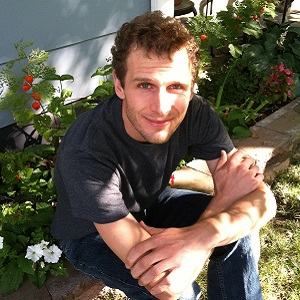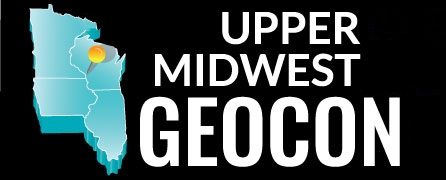Codie See

Abstract: Historic geospatial data can be an important resource for coastal communities. For example, restoration projects can benefit from an understanding of land use history, information about cultural features can inform preservation priorities, and assessments of coastal change can be described with reference to historic shorelines and areas of erosion. However, because historic geospatial data is not widely available, coastal planners and managers have only begun to scratch the surface of how such data can be used.
In 2015, the Wisconsin Coastal Management Program awarded a grant to UW‐Madison's Forest Landscape Ecology Lab and State Cartographer's Office to enhance access to the Wisconsin Land Economic Inventory (WLEI). The WLEI, also known as the Bordner Survey, was a comprehensive mapping program of most Wisconsin counties in the 1930s. The survey mapped over 100 classes of information at every quarter‐mile, including forest type, agricultural use, wetlands, and a host of natural and cultural features.
The main goals of the 2015 UW-Madison project were to complete digitization of Bordner maps for Wisconsin’s coastal counties and to develop a web portal to facilitate distribution and use of the digitized coastal data. The portal was released in 2016 and supports data discovery, visualization, and download of Bordner data for Wisconsin’s coastal areas. The portal also integrates georectified 1930s aerial imagery as a tile service to supplement the Bordner feature data. This presentation discusses the work completed on the project and the main features of the portal.
Co‐authors: Howard Veregin, David Mladenoff, Matt Noone, UW‐Madison
Bio: Codie joined the State Cartographer's Office in 2013 where his roles includes support for outreach and coordination as well as research, development and implementation of geospatial technologies. He provides project and technical leadership to the SCO Student Lab and projects such as the Statewide Parcel Mapping Initiative.
Contact Info:
